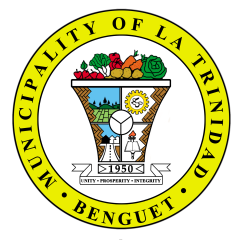DRRM Guidelines
DRRM is mandated to fulfil the following services and responsibilities through the following guidelines.
1) Disaster Preparedness:

- Conduct of trainings on disaster preparedness and response, search, rescue and retrieval operations;
- Conduct simulation exercises at various levels to test plans and skilis;
- Development of information, education and communication (IEC) campaign materials and information sharing between LGU’s/communities and the national government;
- Development of standard operations manual for disaster operation centers;
- Development and implementation of standard operating procedures (SOP’s) for deployment, evacuation and coordination with rapid assessment teams, etc;
- Development and institutionalization of early warning systems (EWS), information sharing among LGU’s/communities and the national government;
- Conduct of risk reduction and management researches; ii. Conduct of multi stakeholders dialogue;
- Development and conduct of regular review of contingency plans;
- Development of information and database generation;
- Stockpiling of basic emergency supplies; and
- Other programs and projects of similar nature and considered necessary.
2) Disaster Prevention and Mitigation:
- Conduct risk assessment, vulnerability analysis, and other science-based technology and methodologies to enhance LGU’s ecological profile, sectoral studies, and mainstream disaster risk reduction and management activities;
- Implement community-based monitoring system with disaster risk reduction and management/CCA indicators;
- Perform capability-building (train, equip, organize, provide funding, sustain) on mainstreaming disaster risk reduction and management/CCA in development planning, investment programming/financing, and project evaluation and development;
- Conduct activities to review and integrate disaster risk reduction and management /CCA into various environmental policies, plans, programs and projects;
- Conduct vulnerability analysis and risk assessment for critical facilities and infrastructure;
- Develop tools on risk assessment;
- Construct dams or embankments that will reduce/mitigate flood risks; and vili. Other programs and projects of similar nature and considered necessary.
3) Disaster Rehabilitation and Recovery:
- Formulation of designs for the reconstruction of disaster resilient houses;
- Construction/rehabilitation of damaged infrastructure facilities and evacuation centers;
- Conduct of trainings for social preparation of host communities and those that will be relocated;
- Implementation of building code and promotion of green technology;
- Conduct of post-conflict analyses; and
- Other programs or projects of similar nature and considered necessary.
4) Disaster Response:
- Provision of alternative livelihood relief or assistance to victims of disasters;
- Provision of tents and other temporary shelter facilities;
- Provision of food subsistence or relief goods to disaster victims; and
- Other Programs or projects of similar nature and considered necessary.











